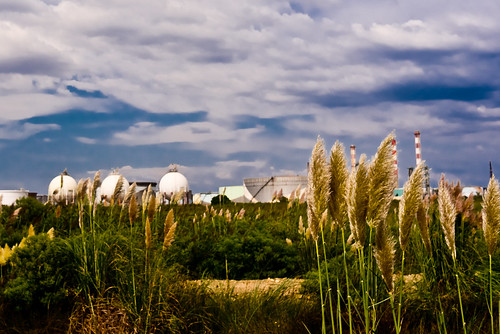Any home can stand out with the proper landscape design. Everyone wants their home to be the envy of the block; however, it can be difficult to figure out where to start. In these cases, the tips in the following article will be useful. So look to this article for some great tips on having beautiful landscaping for your home.
When planning your landscape incorporate native plants and shrubs into your design. When you landscape your garden, try using trees flowers and shrubs that you would find locally. Native plants will thrive in the poorest of soils, are less likely to require a lot of water, and will survive in even the most extreme weather conditions.
Use native plants when landscaping your yard. Native varieties require less attention because they are living in an environment that is naturally conducive to their growth. This makes for a low-maintenance component to your yard. Your local gardener probably has lots of great native plant information.
If you are thinking about adding an outdoor kitchen, then consider using granite as your surface cover. While marble could cost less to you, you can place hot things on granite without damaging it and it doesn’t require a ton of maintenance.
Soil Tested
Prior to digging in to your landscaping or garden project, have the soil tested. Getting your soil tested allows you to figure out what you need to change in your soil before planting anything. That will assist you in having plants that are happier and a much more successful garden.
Choose your plant life wisely, as this could severely affect how well your landscaping project turns out. You want plants whose growth requirements mesh well with your climate and planting space. Trees, while small when initially planted, require considerable room when they mature. Proper planning will ensure that your landscape is successful.
Trees and grass are nice, but they do not comprise a landscape by themselves. To add substance and texture, look for places to add wood, iron or cement structures. You could build a gazebo, add a pond with a bridge or replace your fencing. These things come in various price ranges that can fit anyone’s budget.
When planning your landscape, consider speaking with a professional. While you probably don’t need them to work on the whole project, spending money for consultation can help you avoid in making expensive mistakes. Talking with an expert is particularly important if you have no landscaping experience.
Always measure out how much room you have to work with before going out to buy plants. This will make it easier for you to figure out how much stuff you need. Having this knowledge will help you to avert buying too little or too much of anything.
You may want to consult with a landscape designer to get their advice before starting a big landscape project on your own. Their knowledge can save you a lot of time and money when all is said and done. It may cost you $75 or so for a one hour consultation, but it may be well worthwhile.
Create a landscaping plan that will enhance the beauty of your home year round. It is a good idea to choose plants that have different blooming times, along with evergreens, so that there is always something blooming or green in your yard, even in winter months. It is important to do your research when trying to create a year-round landscape.
When taking on a landscaping project on your own, be sure to diligently estimate your costs. Sit down and list what you need to do the project. Choose the lowest-cost places to buy good, quality materials. Prices, especially for plants, can vary quite a bit in different regions. Look for ways you can get top-notch materials at a lower cost.
Do not overlook the havoc that certain landscaping features can wreak on your home and lawn. Consider the effects that certain plantings might have in areas where underground pipes and cable lines may be co-located. Similarly, plants that grow up to block access views in and out of your property should be avoided. Have a well thought out plan before you add some plants or trees to your landscaping.
When choosing plants and shrubs for your landscape project, the climate should be taken into account. Plants that are not in the appropriate climate zone will not produce the results you desire. It is a good idea to consider wind strength, rain fall, and sunlight when choosing which plants you wish to plant.
Now that you’ve learned how to be a better landscaper, you can put this into practice. The more you use these ideas, the better your landscaping skill will be. Use this strategies and make your yard look great!

